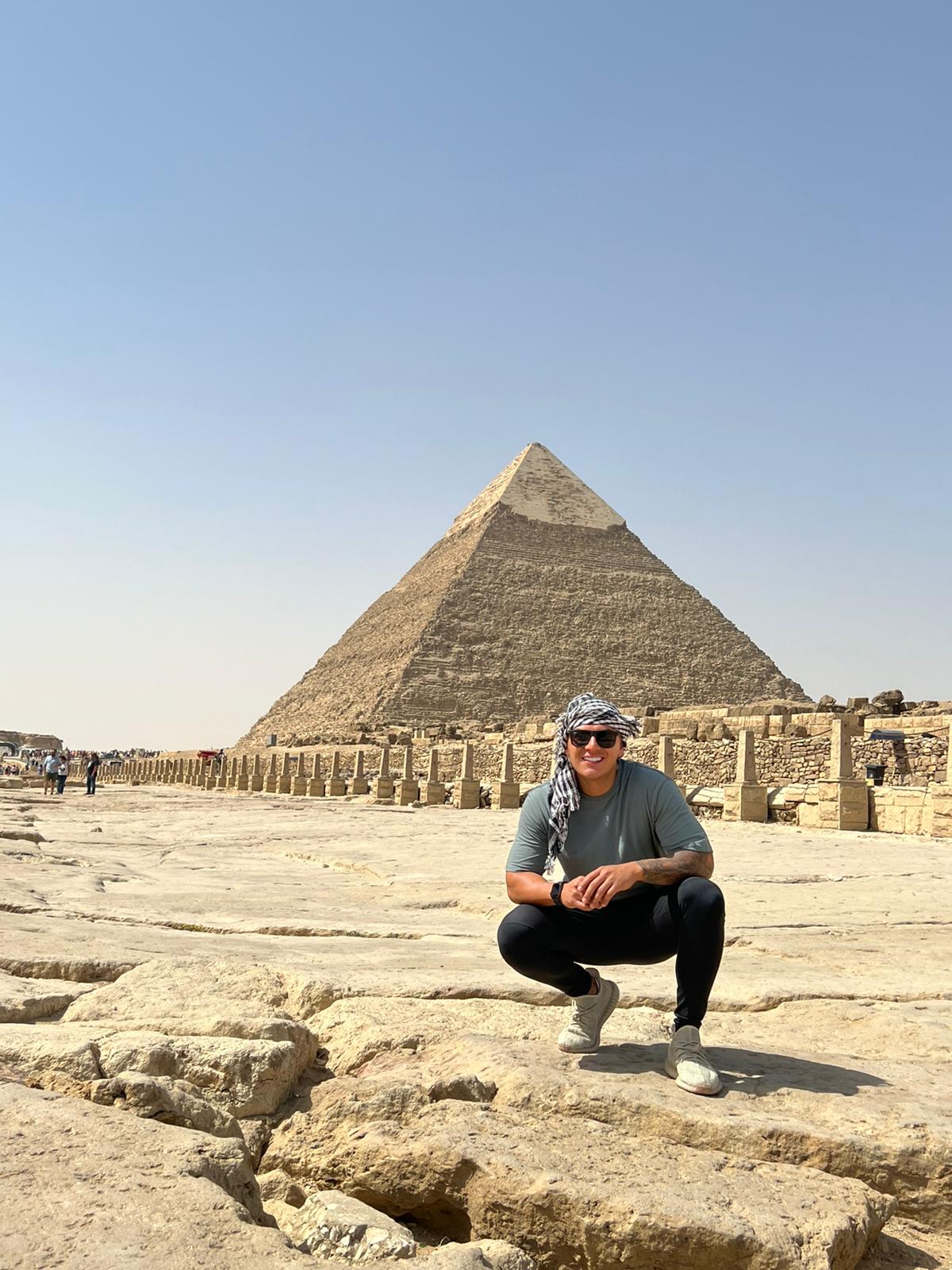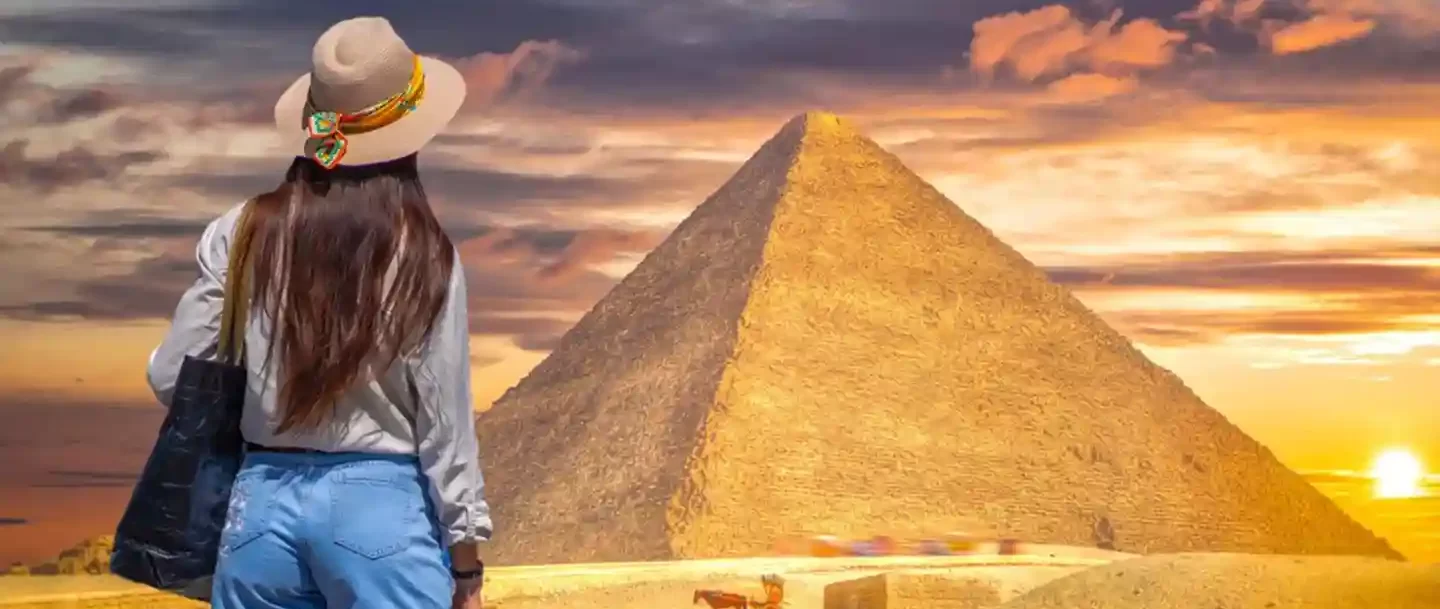Egypt Civilization
Egypt Civilization A great anachronistic debate has surrounded the ancient Egyptian race for various ages among the media and laypersons. Most modern historians and biologists consider the concept of race to be an inaccurate way to describe human biological variation. The question first appeared in the 18th and 19th centuries as the product of early racial concepts that were linked to models of racial hierarchy adopted from Western civilization, which were based on anthropometry. craniometry, and genetics,, and attempted to interpret and understand the racial identity of the Egyptians and the source of their immortal culture.
Facts about the Ancient Egyptian Race
A number of scholars believe the ancient Egyptian culture was directly influenced. by other Afro-Asiatic-speaking populations in northeastern Africa, the Middle East, the Maghreb, the various Nubian groups, or the populations in Europe. Despite the diversity of the ancient and present-day Egyptians and the fact. that skin color varied between the peoples of Upper and Lower Egypt some still argue the notion of a black or white Egypt hypothesis and that ancient Egypt was completely homogeneous. The whole subject of black and white. is viewed as a chimera, cultural baggage from Western society, and imposed artificially on the ancient Egyptian society. The race of many great names of kings and queens was questioned regarding their race like Tutankhamun, Cleopatra VII, and even the great sphinx of Giza.
Ancient Egyptian Race DNA Testing
A genetic study was conducted on 151 mummies in 2017 from northern Egypt using the highest-throughput DNA sequencing method. DNA evidence suggested that lower (northern) Egyptians were closer in their DNA construction to Middle Easterners (Arab, Levantine, and Anatolian) and southern Europeans, while the upper (southern) Egyptians were closer.to northeast Africans like Nubians and Sudanese. There was a sub-Saharan African component in the ancestry from 6 to 15% within their genetic construction. The DNA of the modern Egyptians is quite diverse as it carries traces from. Southwest Asia and the Persian Gulf at 17%, Jewish Diaspora at 4%, eastern Africa at 3%, and Asia Minor at 3%. Much greater levels of sub-Saharan African ancestry are located in current-day populations of southern as opposed to northern Egypt.
History of Race of Ancient Egyptians
Many scholars believe that Early Dynastic Egypt (3100 BCE) was the product of primarily indigenous development combined with prolonged small-scale. migration from the trade, military, and other forms of contact. The general theory concerning the ancient Egyptians was neither black nor white but simply Egyptians, a population of largely indigenous origins and a high degree of. continuity across time. Over the later generations of Egypt, it was invaded by foreign forces like the Persians, Assyrians, and Greeks which had a small to minimal impact on Egyptian identity. It is also known that the Egyptians. Greeks and Romans attached no form of stigma to the color of the skin and the social pyramid was not based on hierarchical notions of race based on color.
Cultures of Ancient Egyptian Race
It is accepted by many scholars that the dynastic Egyptians were indigenous to the Nile River area, For about 5.000 years the people of the Middle East entered. the Nile valley bringing wheat, barley, goats, sheep, and different cattle. At that period (4800 BC – 4300 BC) Egypt was referred to as the two lands. Various cultures flourished like the Merimde culture in lower Egypt which had a close. link to the Levant in the Middle East, the Buto Maddi culture that excelled in poetry also has a close connection with the southern Levant. In the upper part of Egypt known as Upper Egypt, the barbarian culture is followed directly by the Naqada culture.
Art of Ancient Egyptian Race
Ancient Egyptian art was also a major clue in understanding the ancient Egyptians’ complexions, many ancient tombs, and temples contain thousands of sculptures, written works, paintings, and various artifacts provided. inconclusive evidence of the ethnicity of the ancient Egyptians who lived during their dynastic times. The Nubians depicted in Egyptian paintings ranged from red to brown to black which held distinctly different ethnicities. characteristics. The artworks of ancient Egypt made Champollion declare in 1839 that they are truly extraordinary as they clearly depict the sharply contrasted reddish-brown Egyptians and black Nubians. One of the biggest. examples is the drawing of the book of the Gates of Kings Seti I depicting four groups: Libyans “Themehu“, Nubian “Nehesu“, Astiastic “Aamu” an Egyptian “Reth“. The evolution of ancient Egyptian culture can be traced. back to unity, all the evidence that they judge every person according to their merits and actions, not certainly the color of someone’s skin, the ancient Egyptians achieved immortality by learning how to thrive in pure equality. Egypt has always been the birthplace of beauty and wonder so don’t miss the chance to explore the majestic destinations of ancient Egypt and all that Egypt has to offer our variety of Egypt classic tours and choose you. holidays which your tour will be accompanied by an Egyptologist tour guide, or a Nile cruise between Luxor and Aswan to experience the ancient temples and tombs.







